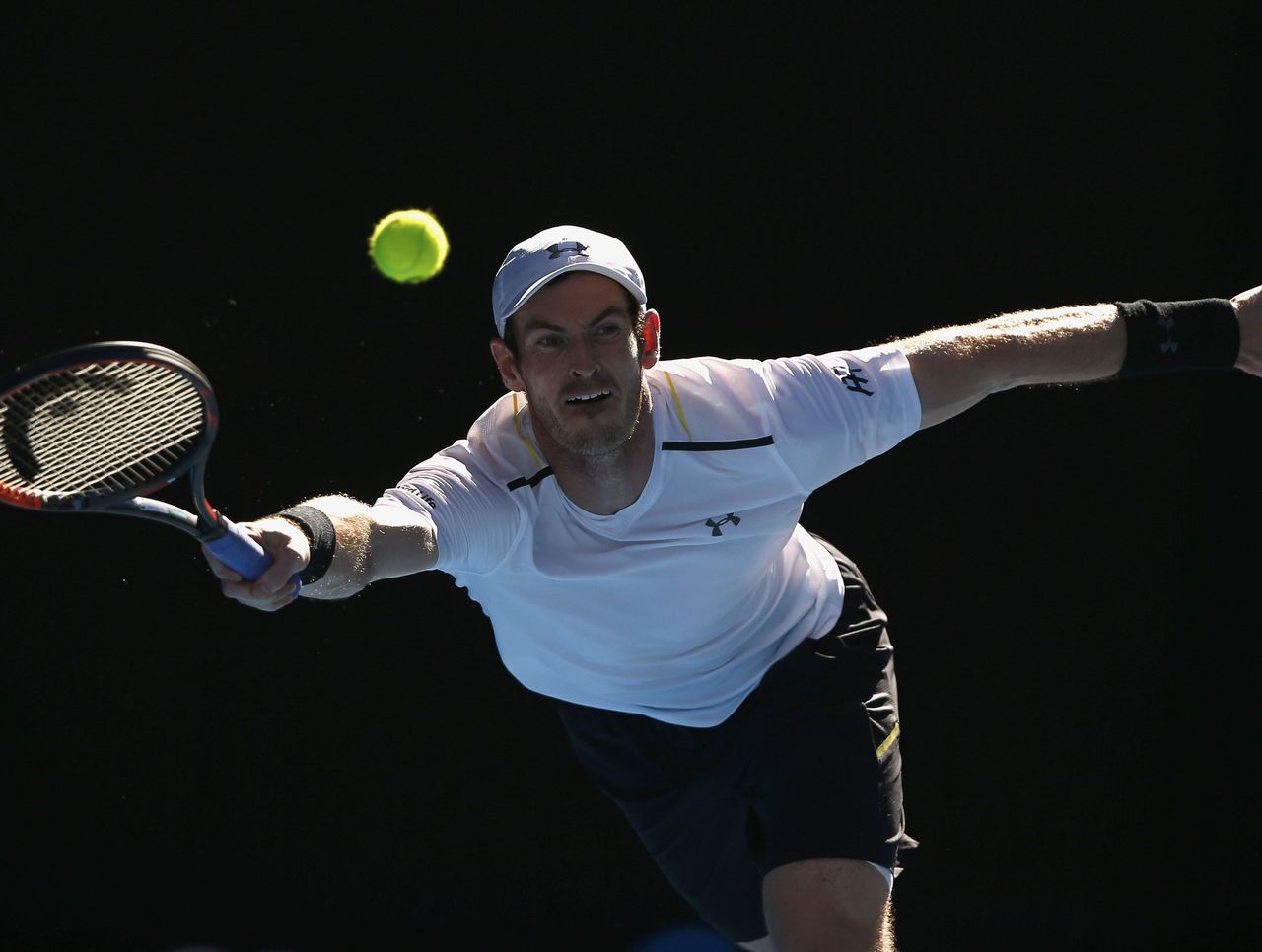Mischa Zverev latest to prove attacking tennis is alive and well
Mischa Zverev came into his fourth-round Australian Open match against world No. 1 Andy Murray with a very clear game plan. And even though it was one Zverev had been executing well throughout the tournament, against Murray it seemed like a spectacularly bad idea.
Zverev looked to move forward as early and often as possible - serve and volley, return and volley, chip and charge, surprise blitz - to make use of his strong volleying and keep Murray off balance and under duress. That was fine in theory, but Murray is perhaps the game's best lobber and passer. One need only watch his Wimbledon final against Milos Raonic to see how an opponent's overeager approaching against him can backfire.
It did not backfire on Zverev, who rode his bold tactic to a stunning upset of the world No. 1. It worked in part because Murray couldn't summon his best stuff, but it also worked because Zverev stubbornly refused to abandon his plan, even when his opponent seemed to be adapting. The German might approach and get passed three times in a row, but he'd come forward with equally swift purpose the fourth time. Murray hit 34 passing shots for winners in the match, and still Zverev kept coming. He came to net 118 times.

Against that unrelenting tide of pressure, Murray got rattled, and began to break down. His backhand pass attempts began to find the net. His lobs came up way short. His opponent appeared to be firmly ensconced in his head. No, Murray couldn't find his best stuff. But Zverev had a lot to do with that. The 50th-ranked journeyman had to come up with some dazzling play of his own: swift defensive movement, pinpoint first serves, aggressive second-serve returns, skidding backhand slices that gave Murray fits, and some brilliant lunging drop-volleys.
What's interesting is that Zverev won just 55 percent of his points at net, which on its face is not a great ratio. (Murray, for instance, won 66 percent of his net points.) Perhaps that's because today's players typically let opportunity dictate their approaches, rather than the other way around. When you're forcing the issue and attacking as frequently as Zverev was, just winning more than half those points starts to look like a great outcome, especially when you consider how the constant threat affected Murray's strokes.
Whether this establishes some sort of blueprint for beating Murray is unclear. Zverev was not the first man to challenge him with forecourt pressure, or to attack his rolling second serve. Murray seemed more thrown off than anything - not just by his counterpart's aggressiveness, but by his flat strokes that took the air out of the ball - and given another opportunity, he'd likely be able to adjust accordingly.
But Zverev's strategy was born of necessity - he was never going to be able to hang with Murray from the back of the court - and it showed how one can nullify the ostensible talent disparity by changing the ground rules.

Murray, like most other players of his generation, is a dyed-in-the-wool baseliner. That's the direction the game trended from the '90s through the aughts and into this decade. Serve-and-volley and other similar attacking tactics never quite went extinct, but they became outmoded enough to be referred to as "old school."
In recent years, though, there's been a bit of an old-school revival. Roger Federer caught a second wind by doubling down on his famed all-court game with increasingly aggressive net-crashing. Raonic kicked his career out of neutral by committing to moving forward more behind his scorching serve and punishing forehand. And others who don't possess the powerful ground games those two do - guys like Feliciano Lopez, Daniel Evans, Lucas Pouille, and yes, Mischa Zverev - have found success by focusing on the transition game.
Zverev's performance Sunday was one of the most extreme examples we've seen in some time. Expect to see more like it in the near future. Old, it seems, has become new again.